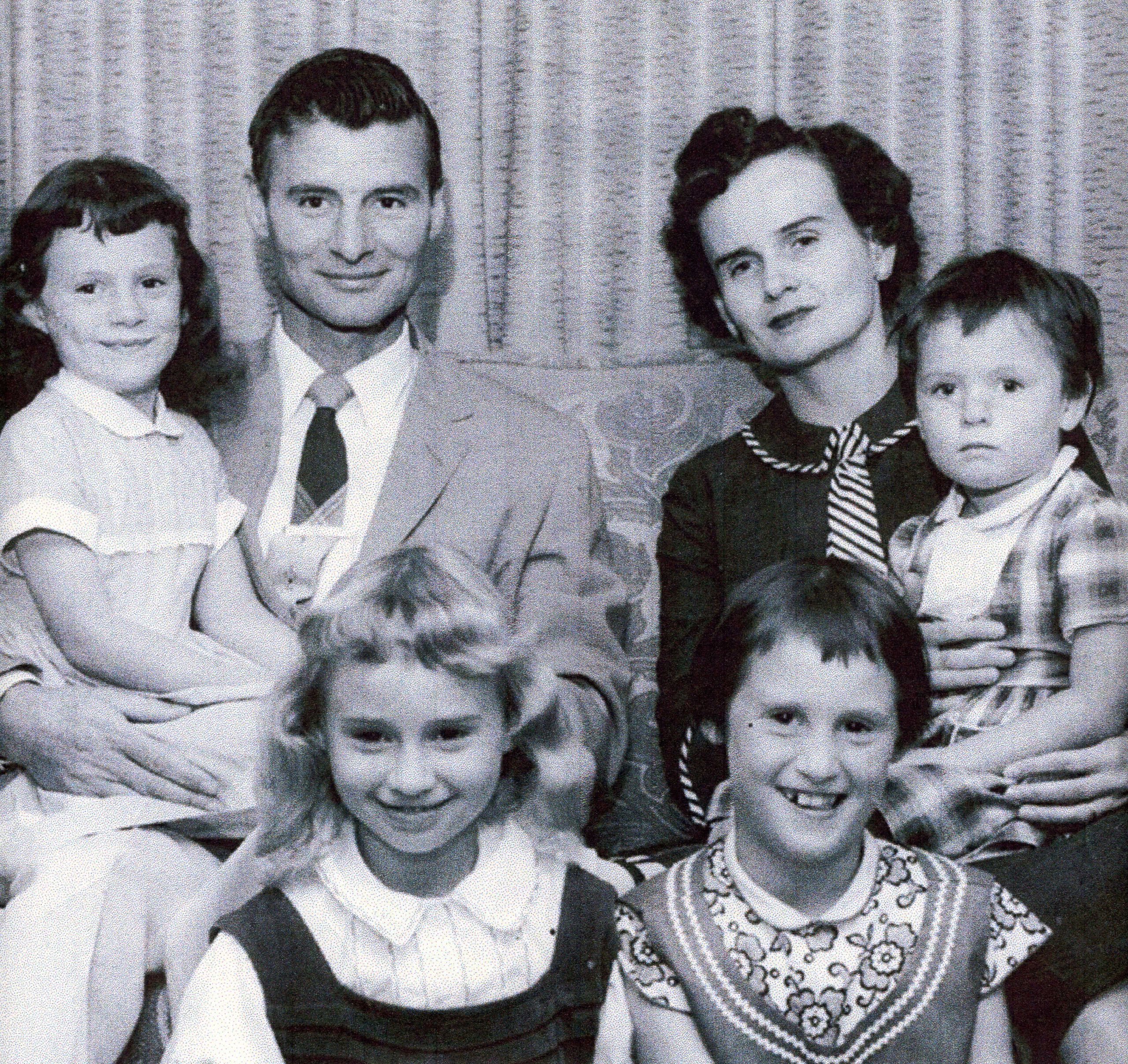Kurtz family history
 In 1954, Harold and Polly Kurtz left a pastorate in Portland, Oregon to work in Ethiopia under the Presbyterian Church of North America (PCNA).
In 1954, Harold and Polly Kurtz left a pastorate in Portland, Oregon to work in Ethiopia under the Presbyterian Church of North America (PCNA).
With three daughters under school age, they left New York on the USS Elizabeth. Because Polly was pregnant, they were one of the first families to travel by air from London to Ethiopia, instead of by ship around the Cape.
After a year and a half of Amharic language study and the birth of a fourth daughter, the Kurtzes settled in Maji, the Presbyterians’ most remote station.
Harold supervised the operation of a small mission school and clinic, and nurtured a tiny church plant in Maji. Otherwise, the nearest clinic and school serving local people were 150 miles away. Harold also trekked by mule to survey the area, looking for places where airstrips could be cleared to bring medical and educational services nearer to other population centers. Polly managed a home without running water or electricity with the help of local teen-aged boys who were earning money to buy clothes and school supplies.
The four Kurtz sisters (later joined by a brother and one more sister) roamed the mountain knoll where they lived; they ran down to the two nearby waterfalls, where Harold put a water Ram and a small micro-hydro flour mill; and they hiked the steep hillsides of mountainous Maji, at 8500 feet. One by one they started school at the dining room table, and quickly filled their workbooks so they could run back out and play.
Harold Kurtz was pulled into Addis Ababa for administrative and personnel work in 1966. By that time, the girls had been spending every school year at boarding school in Addis Ababa, but their beloved Maji had still been the home they returned to on school breaks. A number of other families, single teachers and single nurses worked in Maji until the Communist Derg regime expelled Americans.
The Presbyterian-built buildings in Maji were nationalized under communism. The homes and clinic served as Maji’s high school; the small church was turned into a vet clinic. For many years, no Americans ventured to Maji.
Finally, after the fall of the Derg, Caroline and Harold visited Maji again. They met with Ato (Mr.) Markos, then Chief Administrator of the Maji District, and appealed for the buildings to be returned to the local church. In a mutually advantageous arrangement with the church, MDC uses two of the buildings and provides them with running water and solar power in lieu of rent.















